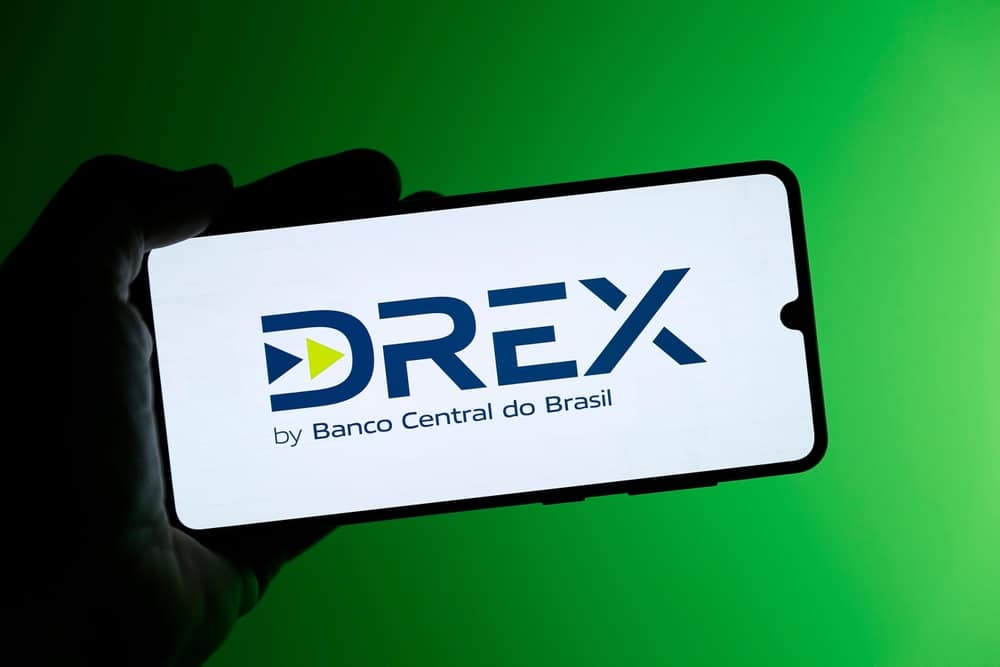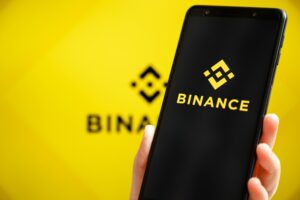
Central Bank of Brazil Unveils Name and Logo of CBDC
Brazil joined a select few countries whose central bank digital currency (CBDC) project entered an advanced phase. The country unveiled the CBDC name as DREX with select financial institutions.
The implementation of CBDC targets to enable Brazilians access to banking products in the country. The project team identified that the country’s CBDC would utilize DREX as the official name.
DREX Harbors Multiple Innovation Elements
The CBDC’s name was featured in the live broadcast convened via the Central Bank’s YouTube channel. The live broadcast featured Fábio Araújo, the deputy executive of the information and technology department. Also, the executive coordinates all activities involving digital real and Aristides Cavalcante.
Araújo asserted that DREX harbors multiple innovation elements. The name is an acronym derived from digital, real, electronic, and transaction. The naming advances the project milestone for the Pix family.
Pix involves a local platform that allows Brazilians access to instant and free electronic funds transfers. It leverages QR codes and easier-to-recall identification documents, including emails and phone numbers. Pix does not utilize account numbers.
Brazil’s central bank also unveiled its visual branding for the DREX. The bank’s executive explained the visual as one alluding to the transaction with two arrows leaning into the D. The lean posture in D orients towards evolving the real currency into the digital ecosystem. The executive further indicated that the visual branding reinforces the agility attribute. Also, it exhibits color transitioning from blue to light green conveying the transaction completed status.
The bank restated the digital real project to rely only on authorized financial institutions in minting the CBDC. The minting recording will utilize the distributed ledger technology that mirrors the blockchain.
DREX is set to begin supporting various operations, including purchasing and selling treasury bonds. The transactions quickly occur on surface levels while leveraging the Web3-based infrastructure support to burn, create and register tokens.
The bank indicated that Brazilians would utilize the tokenized real to represent the digital real. However, only authorized financial institutions can handle the tokenized real.
The coordinator in the CBDC project is optimistic that DREX will positively impact Brazilians’ lives. In particular, he illustrated that it would increase the financial services the population can access.
Araújo observed that digital real would facilitate access to loans, investment alternatives, and easier insurance. He added that DREX is bringing financial products into the individual’s hands, expanding banking in Brazil.
Practical Utilization of Brazil’s CBDC
Portal do Bitcoin outlined three uses in the Central Bank in assessing the digital real viability during piloting scheduled for conclusion March 2024.
Caixa Econômica Federal president heading the largest public financial institution Maria Rita Serrano is optimistic that settling Bolsa Família payments could accommodate digital real. She added that tokenized currency could facilitate social and labor benefits.
The Caixa president illustrates that the bank would utilize digital real estate to advance social inclusion and financial digitalization. The executive restated that Caixa has a presence in 99% of municipalities with a base of 155 million customers. Its geographical presence makes it the perfect breeding ground to assess solutions.
Last week, Senator Carlos Portinho projected digital real to become the gateway for municipalities and state entities accessing the crypto wallets. The legislator indicated that such is not possible under the current law.
The senator considers the digital real reality and catalyst missing in the crypto market. Its implementation will facilitate municipalities, states, and public entities to run their digital wallets, realize scale and attract new investors. The legislator lauded the CBDC as yielding transparency through the audit trail on the real destination of each transaction.
Central Bank Exercising Supreme Powers in CBDC Project
The legal framework guiding Brazil’s CBDC project grants the Central Bank authority to freeze, confiscate and mint new tokens. The central bank is capable of altering the balances.
The framework aligns with the current legislation allowing the central bank to seize and freeze amounts within the National Financial System.
Editorial credit: Sidney de Almeida / Shutterstock.com




